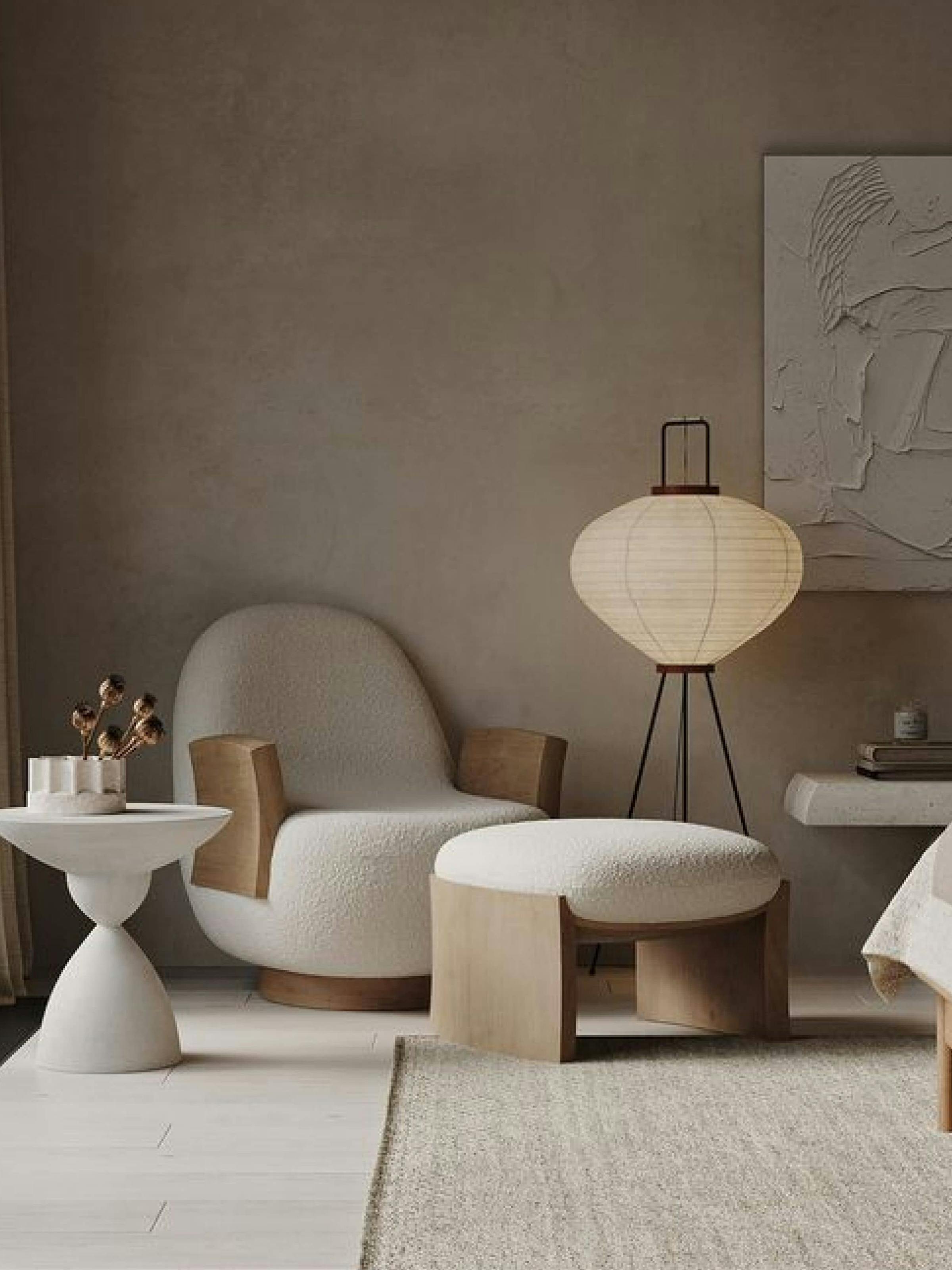Optimize Your Efficiency and Happiness by Incorporating Minimalism
Optimize Your Efficiency and Happiness by Incorporating Minimalism
Blog Article
Recognizing Minimalism: Methods for Decreasing Mess and Enhancing Quality in Everyday Living
Minimalism is increasingly recognized as a practical strategy to boosting clarity and emphasis in today's chaotic globe. By methodically reviewing our properties and prioritizing intentionality, we can produce rooms that not only mirror our worths yet additionally promote psychological health.
Specifying Minimalism and Its Benefits
Defining minimalism includes recognizing it as a way of living option that emphasizes simplicity and intentionality in both daily routines and physical belongings. At its core, minimalism motivates people to prioritize what genuinely matters, allowing for an extra purposeful and concentrated presence. By removing the non-essential, minimalism welcomes people to involve deeply with their environments and experiences.
It promotes mental quality, as decreasing clutter in one's atmosphere can lead to decreased interruptions and stress. Minimalism advertises financial flexibility; by prioritizing demands over wants, people can make even more informed purchasing decisions, leading to potential savings and reduced financial debt.
Ultimately, minimalism is not simply regarding worldly decrease yet includes an all natural shift in point of view, fostering a life identified by satisfaction, objective, and balance. Embracing this lifestyle can result in extensive adjustments in how people engage and view with the globe around them.
Evaluating Your Present Clutter
Mess typically manifests as an overwhelming build-up of products that no longer offer an objective, producing a barrier to accomplishing a minimalist way of life. To properly analyze your existing mess, it is necessary to take on a methodical technique. Begin by determining the locations in your home that really feel frustrating or chaotic. Take note of details categories of products, such as apparel, publications, or cookware, as this will certainly assist you comprehend the scope of the mess.

Additionally, take into consideration the frequency of usage for each item. Eventually, understanding your present mess is a critical step toward accepting minimalism and enhancing clearness in your daily living.

Practical Decluttering Methods
Having examined your present mess, the following step is to apply practical decluttering strategies that assist in a more organized living room. Minimalism. One reliable technique is the "Four-Box" technique, where you assign 4 boxes labeled: keep, give away, garbage, and relocate. This technique motivates fast decision-making and makes sure products are categorized suitably
One more strategy is the "One in, One out" policy, which stipulates that for each new thing obtained, an existing item needs to be eliminated. This principle assists keep balance and protects against build-up gradually. In addition, take into consideration the "30-Day Minimalism Game," where you eliminate one product on the very first day, 2 on the 2nd, etc, cumulatively fostering a look at this now feeling of success.
For those that deal with emotional add-ons to ownerships, the "Emotional Worth" technique can be helpful. Limit yourself to a specific variety of cherished items, permitting you to value their significance without frustrating your room. Lastly, develop a normal decluttering timetable, whether regular monthly or seasonally, to preserve a clutter-free setting. By using these strategies, you can create a more calm and reliable space, inevitably improving clearness in your everyday life.
Creating Willful Spaces
Creating intentional areas involves a thoughtful strategy to how we design and arrange our settings, making sure each area offers a details purpose and reflects our values. This technique is this post important in cultivating a sense of clearness and objective in our daily lives. By critically analyzing the function of each area, we can get rid of distractions and enhance our overall wellness.
To create willful spaces, begin by recognizing the primary activities that will certainly take place in each area. For instance, an office must be created to cultivate productivity, integrating aspects such as ample illumination, comfy furniture, and minimal diversions. In contrast, a relaxation area ought to promote serenity, featuring relaxing shades and comfortable seats.
Furthermore, think about the psychological effect of your environments (Minimalism). Including personal products that reverberate with your values, such as artwork or plants, can boost the connection to your area. Routinely evaluate these settings to guarantee they proceed to serve their designated purpose as your needs advance
Eventually, developing intentional rooms has to do with making aware options that align with your way of living, advertising consistency and effectiveness in your living and workplace.
Maintaining a Minimalist Way Of Thinking
Welcoming a minimal state of mind requires recurring representation and intentionality in our actions and ideas. This technique includes growing understanding of our worths and top priorities, enabling us to filter distractions and concentrate on what absolutely matters. To keep this frame of mind, normal self-assessment is necessary. Reserve time to evaluate your dedications, belongings, and also electronic content, guaranteeing they line up with your core principles.
Another key strategy is to exercise gratefulness. Acknowledging what you already have fosters satisfaction and lowers his comment is here the desire for unwanted. This change in perspective urges recognition for simpleness, boosting overall well-being. Including mindfulness methods, such as meditation or journaling, can better enhance a minimal attitude by promoting clarity and decreasing psychological mess.
In addition, develop limits to shield your energy and time. Discover to state no to non-essential obligations and distractions that do not contribute to your personal growth. Surround on your own with similar individuals that sustain your minimal trip, as shared values can improve inspiration and liability.
Verdict
To conclude, accepting minimalism uses substantial benefits, including reduced mess and boosted clarity in day-to-day life (Minimalism). By systematically assessing ownerships and implementing useful decluttering techniques, people can create deliberate rooms that promote mindfulness and gratefulness. Keeping a minimalist attitude needs continuous examination and commitment to simpleness, ultimately leading to a more focused and meeting way of living. The principles of minimalism work as valuable devices for growing an environment that supports individual growth and health.

Furthermore, take into consideration the "30-Day Minimalism Game," where you remove one product on the initial day, two on the second, and so forth, cumulatively fostering a sense of achievement.
In verdict, accepting minimalism supplies considerable advantages, including lowered clutter and boosted clarity in everyday life.
Report this page